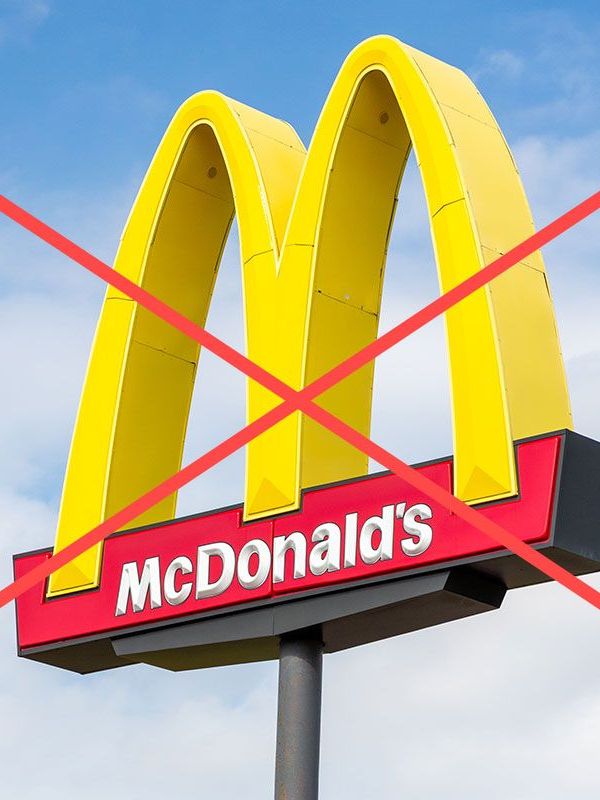
Why does Iceland not have McDonald's?
When you travel abroad, you might look for those familiar golden arches. McDonald's has become the universal symbol of American fast food, with over 38,000 locations across more than 100 countries. But if you've visited Iceland, you probably noticed something strange: there's not a single McDonald's restaurant in the entire country.
Iceland is one of the few developed nations without a McDonald's, and the story behind this absence involves economic collapse, currency problems, and a uniquely Icelandic response to fast food culture.
Let's explore why the world's most famous burger chain disappeared from Iceland and look at what filled the void it left behind.
McDonald's Brief History in Iceland
McDonald's wasn't always absent from Icelandic shores. The chain entered the market in 1993, when it opened its first (and only) restaurant in Reykjavík. The opening was such a big event that Davíð Oddsson, Iceland's prime minister at the time, bought the first Big Mac in the country.
Initially, the restaurant got meat from local Icelandic farms. This setup worked well until meat shortages forced the franchise to change its approach. Following McDonald's strict global supply chain requirements, the restaurant began importing ingredients from Germany.
The Reykjavík location ran for 16 years before closing its doors on October 31, 2009. On that final day, Icelanders lined up for one last taste, with over 10,000 burgers sold.
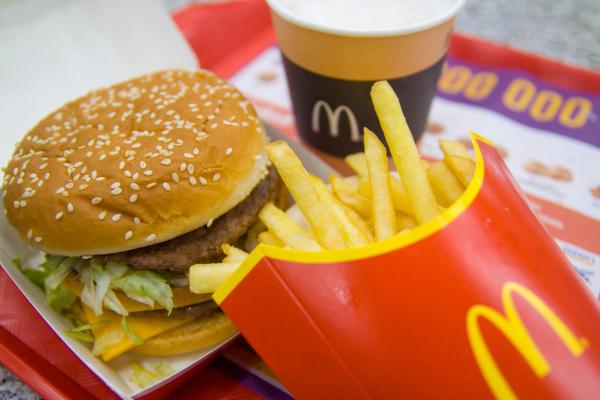
Why McDonald's Left: The Economic Reality
The closure wasn't due to a lack of popularity or Icelanders rejecting American fast food. Instead, it was the result of a perfect economic storm that made McDonald's business model unsustainable in Iceland.
The 2008 Financial Crisis Hit Iceland Particularly Hard
Iceland's economy collapsed in 2008 in one of the worst financial crises any developed nation has experienced in modern history. The country's three major banks failed, and the government stepped in with emergency measures.
The most significant impact for businesses like McDonald's was the Icelandic króna's dramatic drop in value. The króna lost nearly 50% of its value against the euro in a matter of months. For a business importing most of its ingredients from Europe, this was a disaster.
McDonald's Inflexible Supply Chain
Unlike many other international chains, McDonald's maintains strict global standards for its ingredients. Jon Ogmundsson, the McDonald's franchisee in Iceland, explained the problem clearly: "McDonald's demands that we use their own [imported] meat and potatoes, and we can't use Icelandic products."
With the króna's collapse, importing beef patties from Germany and potatoes from the Netherlands became too expensive. The cost of these imported ingredients nearly doubled overnight.
This inflexibility proved fatal for McDonald's in Iceland. While some international chains like KFC adapted by sourcing more ingredients locally, McDonald's corporate policy prevented such adjustments. By late 2009, a Big Mac meal in Reykjavík had become one of the most expensive in the world, costing roughly 650 krónur (equivalent to about $7.30 at the time, or over $11 when adjusted for inflation to 2025).
The Famous Preserved Burger
One of the strangest legacies of McDonald's brief time in Iceland is the last McDonald's meal ever sold in the country – a burger and fries purchased on October 31, 2009, the final day of operation.
Hjörtur Smárason bought this meal but didn't eat it. Instead, inspired by rumors that McDonald's food doesn't decompose, he stored it in a plastic bag for three years. When the burger showed no signs of major decay, Smárason donated it to the National Museum of Iceland.
The museum eventually returned the burger to Smárason, who then transferred it to the Bus Hostel in Reykjavík. As of 2025, the burger is displayed at Snotra House in Þykkvibær, South Iceland, where it's become something of a tourist attraction.
This preservation isn't unique to Iceland or evidence of anything particularly unnatural. The science is straightforward: McDonald's burgers are thin and have a large surface area, allowing them to dry out quickly before significant decomposition can occur. The high salt content and low moisture also contribute to this preservation effect. Similar experiments have been conducted worldwide with the same results.
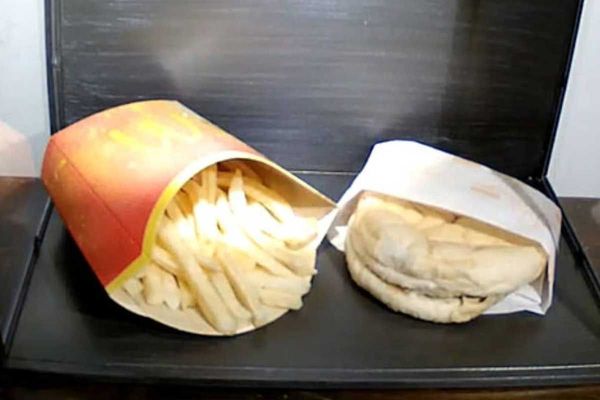
Iceland's Current Fast Food Landscape
Despite losing McDonald's, Iceland isn't lacking in fast food options. The country has a mix of international chains and local favorites that have filled the gap.
International Chains That Succeeded Where McDonald's Failed
Several international fast food brands continue to thrive in Iceland as of 2025:
- KFC maintains nine locations throughout Iceland, making it the most successful international fast food chain in the country. Unlike McDonald's, KFC adapted its supply chain to work with more local ingredients.
- Domino's Pizza operates multiple locations in Reykjavík and other cities, having successfully navigated the economic challenges.
- Subway has several restaurants across Iceland, with a menu similar to what you'd find elsewhere in the world.
- Starbucks opened up its first store in Reykjavik in June 2025, and it's expected to open a second location soon.
These chains show that Icelanders don't have any inherent opposition to international fast food. The key difference is that these businesses adapted their operations to Iceland's economic realities.
Local Alternatives
After McDonald's closed, a local businessman attempted to continue the operation under a new name: Metro. Using locally sourced ingredients instead of imports, Metro initially appeared to be a viable alternative. However, the company faced financial difficulties and filed for bankruptcy in 2010. While a few Metro locations still exist in 2025, their presence is minimal compared to other chains.
The most popular local burger chain is Hamborgarabúllan (known as "Tommi's Burger Joint" internationally). Founded by Tómas Tómasson, this chain has developed a loyal following with its high-quality burgers made with Icelandic ingredients. Their "Tommi's Classic" features a 120g beef patty with cheese and traditional toppings, while their premium Steak Burger uses a blend of tenderloin, rib-eye, and rump steak.
Other popular local options include:
- Búllan: Another popular burger spot known for generous portions and quality ingredients.
- Hlölla Bátar: Famous for its submarine sandwiches.
- Aktu Taktu: Iceland's answer to drive-through fast food.
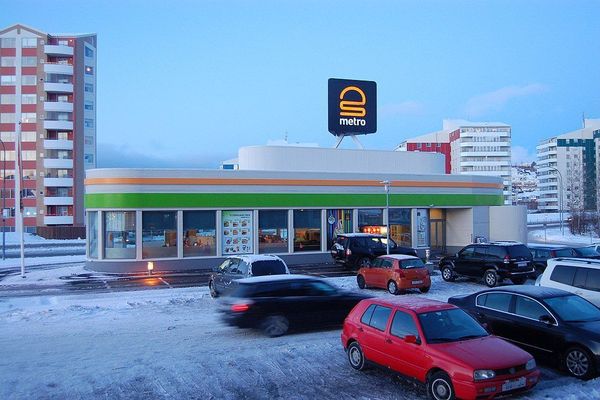
Will McDonald's Ever Return to Iceland?
As of July 2025, there are no announced plans for McDonald's to return to Iceland. Despite Iceland's economic recovery since the 2008 crisis, several factors continue to make the country challenging for McDonald's business model:
- Iceland's small population (approximately 395,000 people) limits the potential market.
- High import costs continue to be a significant issue for businesses that require specialized imported ingredients.
- Strong local competition has filled the gap left by McDonald's departure.
- Iceland's strict agricultural import regulations add complexity and cost for international food chains.
That said, Iceland's booming tourism industry (which returned to pre-COVID levels by 2023) could potentially create enough demand for international chains like McDonald's to reconsider the market. The annual influx of over 2 million tourists might provide the customer base needed to make McDonald's viable despite the challenges.
How McDonald's Became a Global Giant
To understand why McDonald's absence from Iceland is noteworthy, it helps to recognize how the chain achieved its global dominance in the first place.
McDonald's journey began in 1940 when brothers Dick and Maurice "Mac" McDonald opened a barbecue restaurant in San Bernardino, California. They later reimagined their business as a simplified burger stand with a limited menu, faster service, and lower prices.
The McDonald brothers created the "Speedee Service System," an assembly-line approach to making burgers that changed fast food. But it was businessman Ray Kroc who saw the global potential. After becoming the brothers' franchise agent in 1955, Kroc eventually purchased the company and drove its massive expansion.
Several factors contributed to McDonald's worldwide success:
- The franchise model allowed rapid expansion while maintaining consistency. Local owners invested in their communities while following McDonald's proven system.
- Operational efficiency kept prices low while ensuring consistent quality and speed.
- Strong branding and marketing, including the golden arches, Ronald McDonald, and catchy slogans, created instant recognition worldwide.
- Menu localization in most markets (though not Iceland) helped McDonald's adapt to local tastes while maintaining its core identity. Examples include the Teriyaki Burger in Japan and the McSpicy in Singapore.
Today, McDonald's serves approximately 69 million customers daily across its global locations. The chain's ability to maintain consistency while adapting to local markets has been key to its success, which makes Iceland's case particularly interesting, as it is one of the few places where this strategy has not worked.
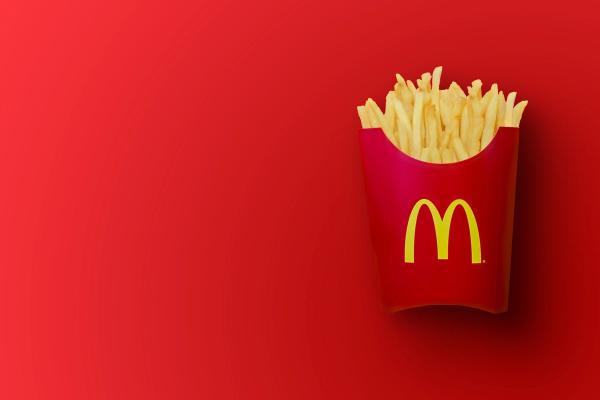
Conclusion
While McDonald’s may be a go-to option for you when visiting other countries, it shouldn’t be. Take some time to try traditional Icelandic food or get a delicious burger at a local spot. Either way, Iceland has some mouth-watering food options for you to explore.
